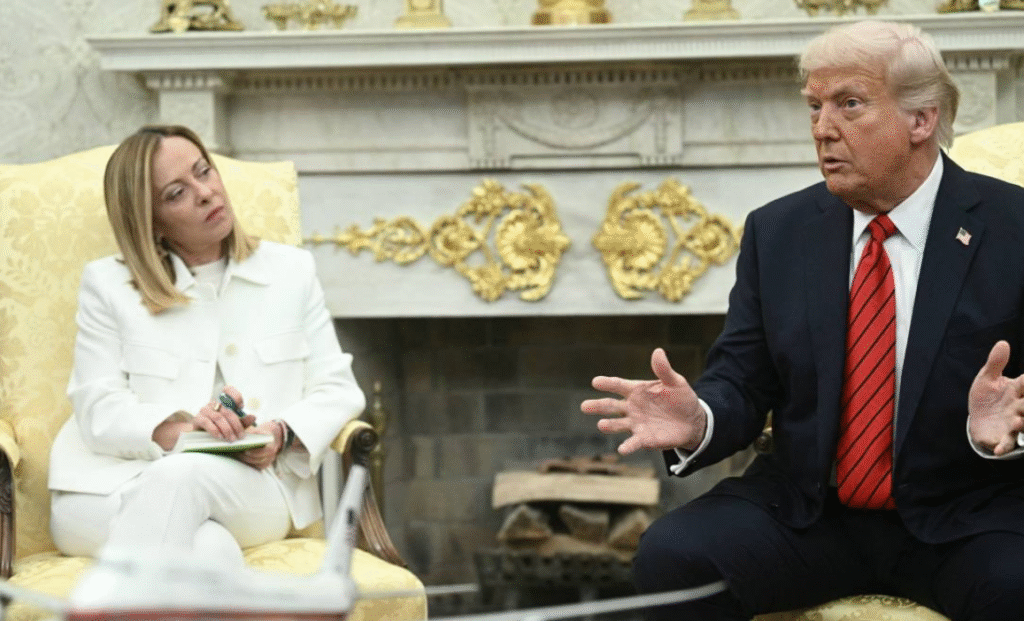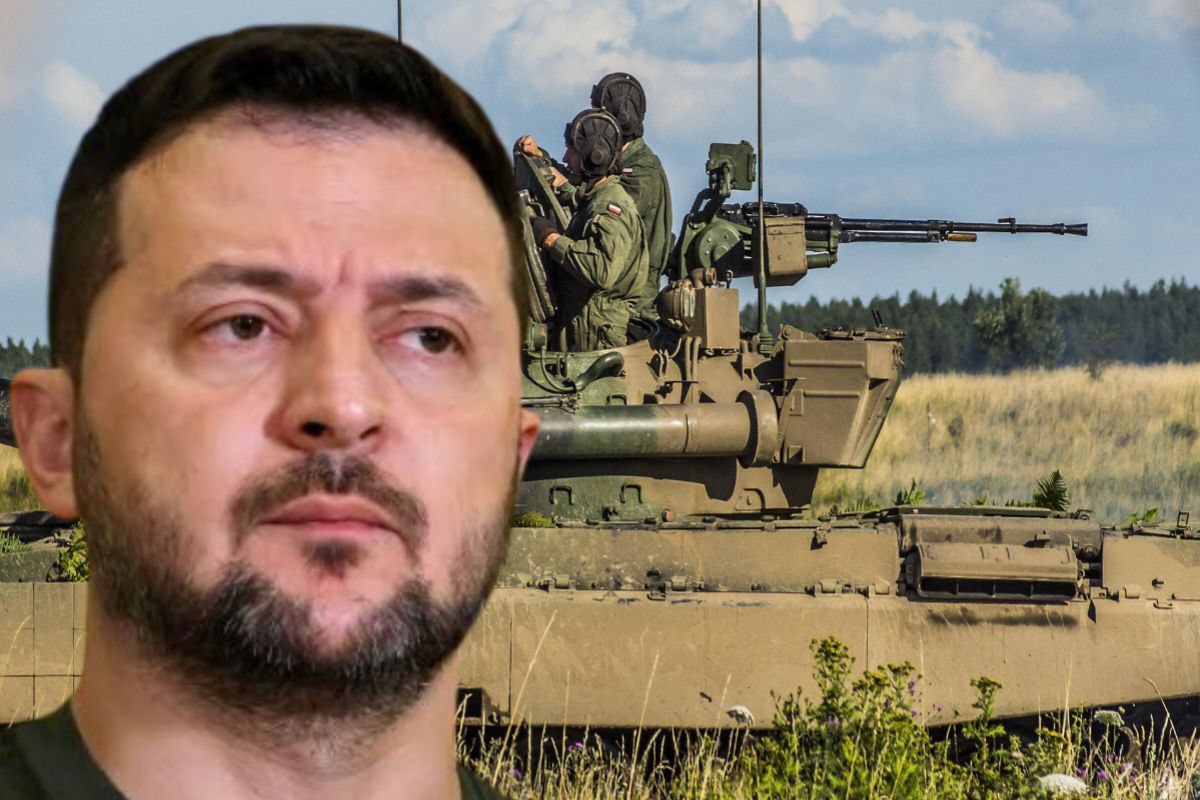President Trump’s push for a multi-billion dollar US arms deal to support Ukraine has sparked resistance from France and Italy, revealing growing divisions within NATO. As key European nations opt out of funding American-made Patriot missile systems, concerns rise over delays in critical military aid and the future of Western unity against Russia.
Western Rift Over Ukraine Aid
A deep divide has emerged among Western allies over how to support Ukraine as it continues to battle Russia’s relentless offensive. While US President Donald Trump has introduced an ambitious multi-billion dollar weapons initiative to bolster Ukraine’s defense, the plan has met resistance from key European players. The result: a fracture in transatlantic solidarity that could delay critical military support to Kyiv.
At the heart of the controversy is Trump’s proposal for European NATO countries to jointly purchase advanced US-made weaponry — especially the Patriot missile systems — and supply them directly to Ukraine. This initiative, pitched as a win-win scenario that would boost the US defense industry while aiding Ukraine, was announced with much fanfare. “Anything for it, but we will send it. It’ll be business for us and we will send them Patriots, which they desperately need because Putin really surprised a lot of people,” Trump said during the unveiling.
However, the unified Western front that had characterized much of the response to Russia’s invasion of Ukraine is now showing signs of erosion. Reports indicate that France and Italy are opting out of the NATO-financed arms package, arguing that it would strain their domestic budgets and disrupt Europe’s own efforts to build a self-sufficient defense sector.
France, in particular, has voiced concern that channeling significant funds toward US-made systems would come at the expense of its national arms manufacturers. French officials suggest that Europe must prioritize its own military capabilities rather than becoming overly reliant on American defense firms. Italy, similarly, is dealing with economic constraints that make large-scale arms purchases politically sensitive and financially difficult.

In Brussels, this emerging resistance has sparked tensions within the EU. European Union representatives have openly challenged Trump’s approach, questioning whether expecting European nations to foot the bill for US-supplied arms constitutes true American support. “If you promise to give the weapons but say that somebody else is going to pay for it, is it really given by you, is it?” one EU diplomat remarked sharply.
Amid this discord, confusion is also mounting over the logistics and timeline of delivering the Patriot missile systems to Ukraine. While the US proposal centers around rapid delivery, experts warn that deployment could still take months. “We must not have any illusions. A Patriot system that we now say should go to Ukraine will take months before it can be delivered,” one official cautioned. “So we are now talking about days, perhaps weeks until a decision is made, but then it will happen very quickly.”
The delay and disagreement over funding raise concerns that Ukraine could be left vulnerable just as Russian forces intensify their offensive across several fronts. Military analysts say that even short-term slowdowns in weapons deliveries could tip the balance in favor of Moscow, especially as Ukrainian forces are already stretched thin in defending key cities and infrastructure.
Moreover, the political clash threatens to embolden Russian President Vladimir Putin, who has consistently gambled on the West losing its will to support Ukraine long-term. The sight of NATO members arguing over costs may send precisely the wrong signal to Moscow, reinforcing the Kremlin’s hope that Ukraine’s allies are divided and weary.
While the Biden administration had earlier secured bipartisan support for previous arms packages to Ukraine, Trump’s approach — grounded in transactional logic and economic benefit to the US — is proving more controversial in Europe. The difference in strategic thinking is fueling uncertainty about the future of NATO’s united front and what that means for Ukraine’s long-term security.
As the battlefield remains engulfed in firepower, the diplomatic front is heating up in parallel. Unless Western leaders can reconcile their positions and deliver on promises of support, Ukraine may find itself fighting not just against Russian aggression, but also the creeping fatigue and friction within its coalition of backers.
Disclaimer:
This article is based on recent reports and statements from public officials regarding NATO’s proposed arms support to Ukraine. The views expressed herein reflect ongoing geopolitical developments and may evolve as new information emerges.

